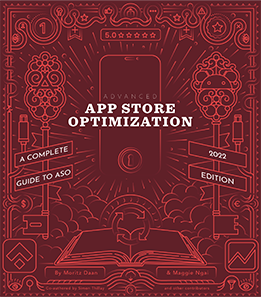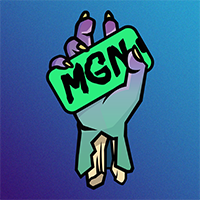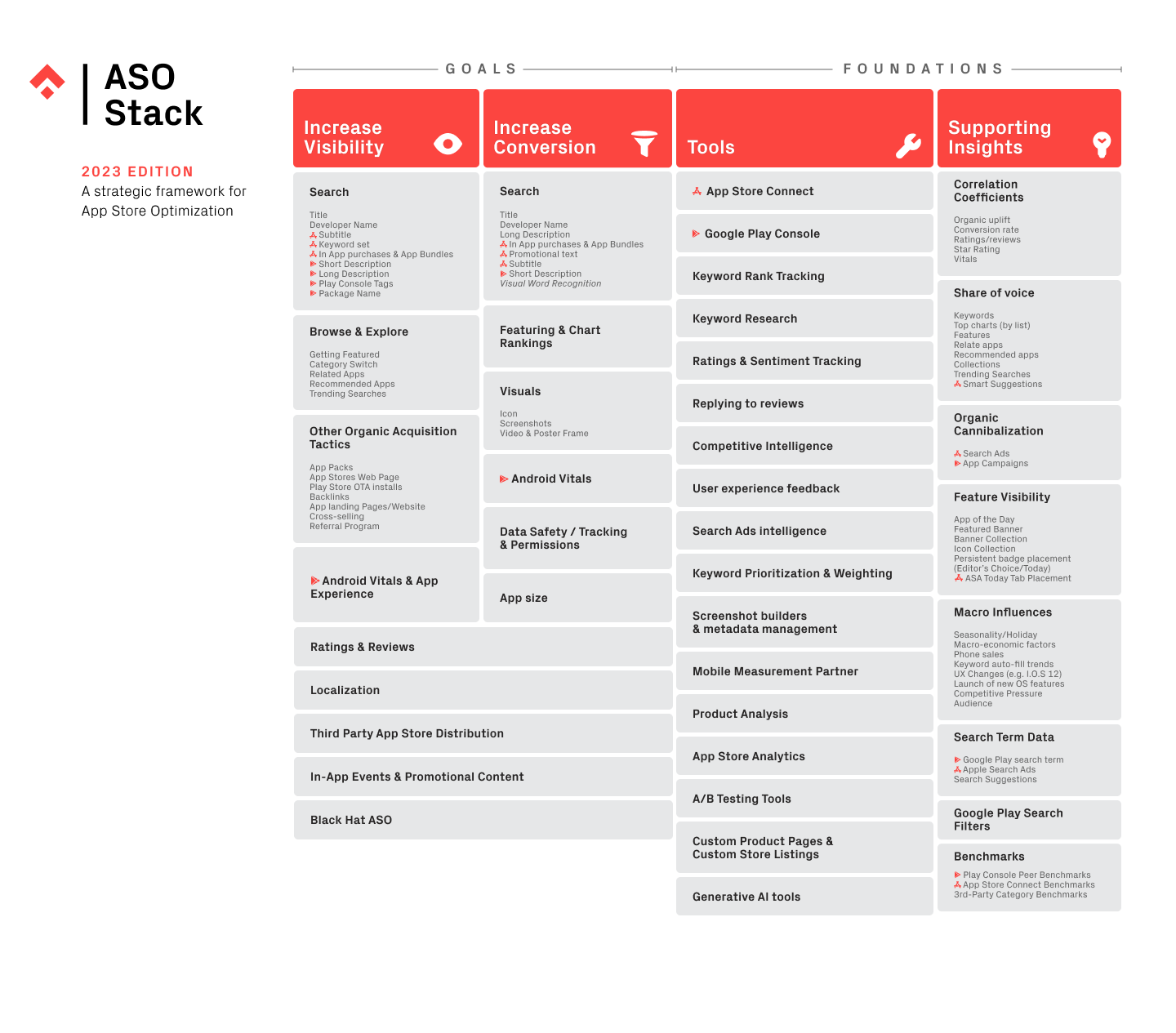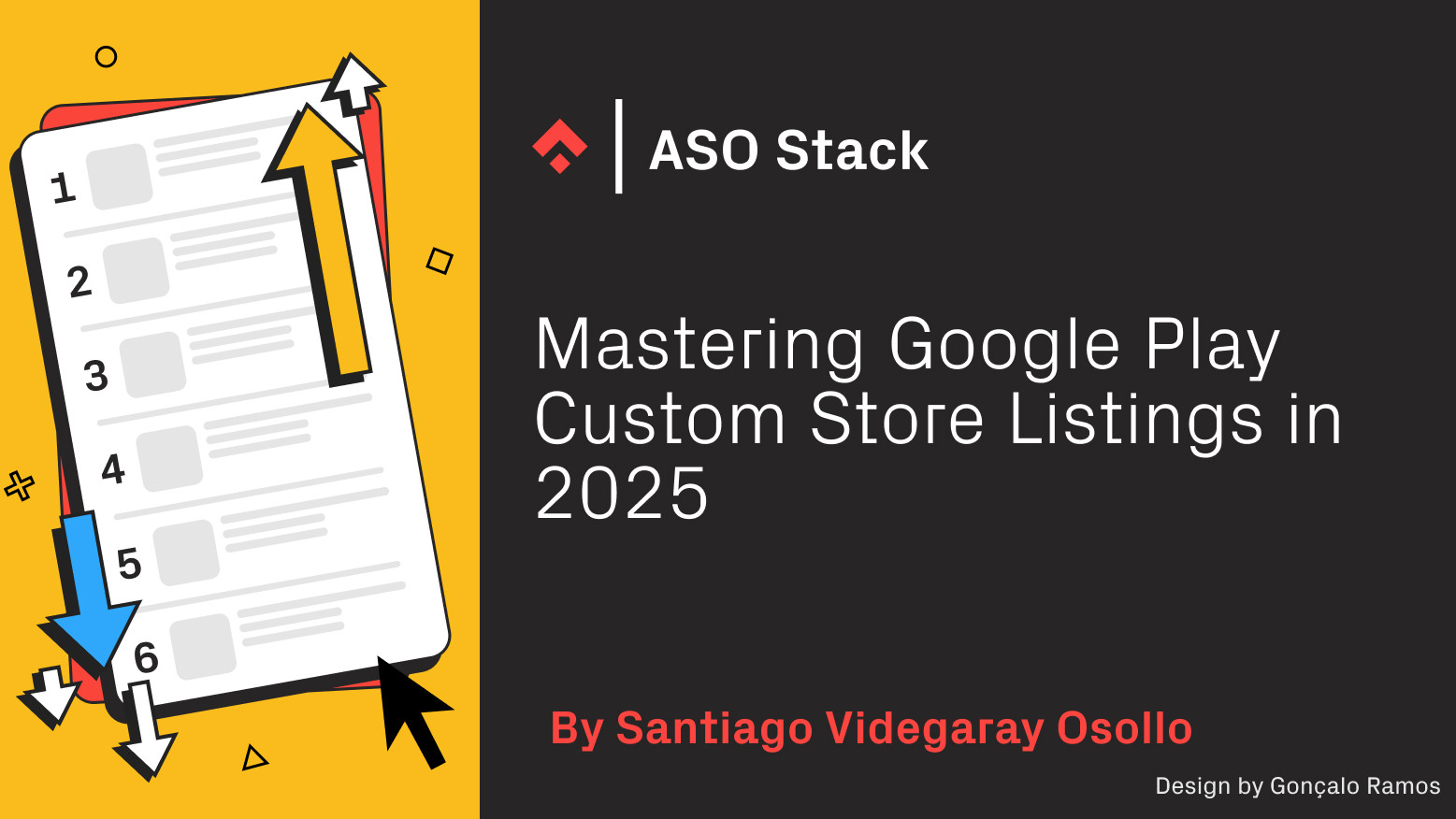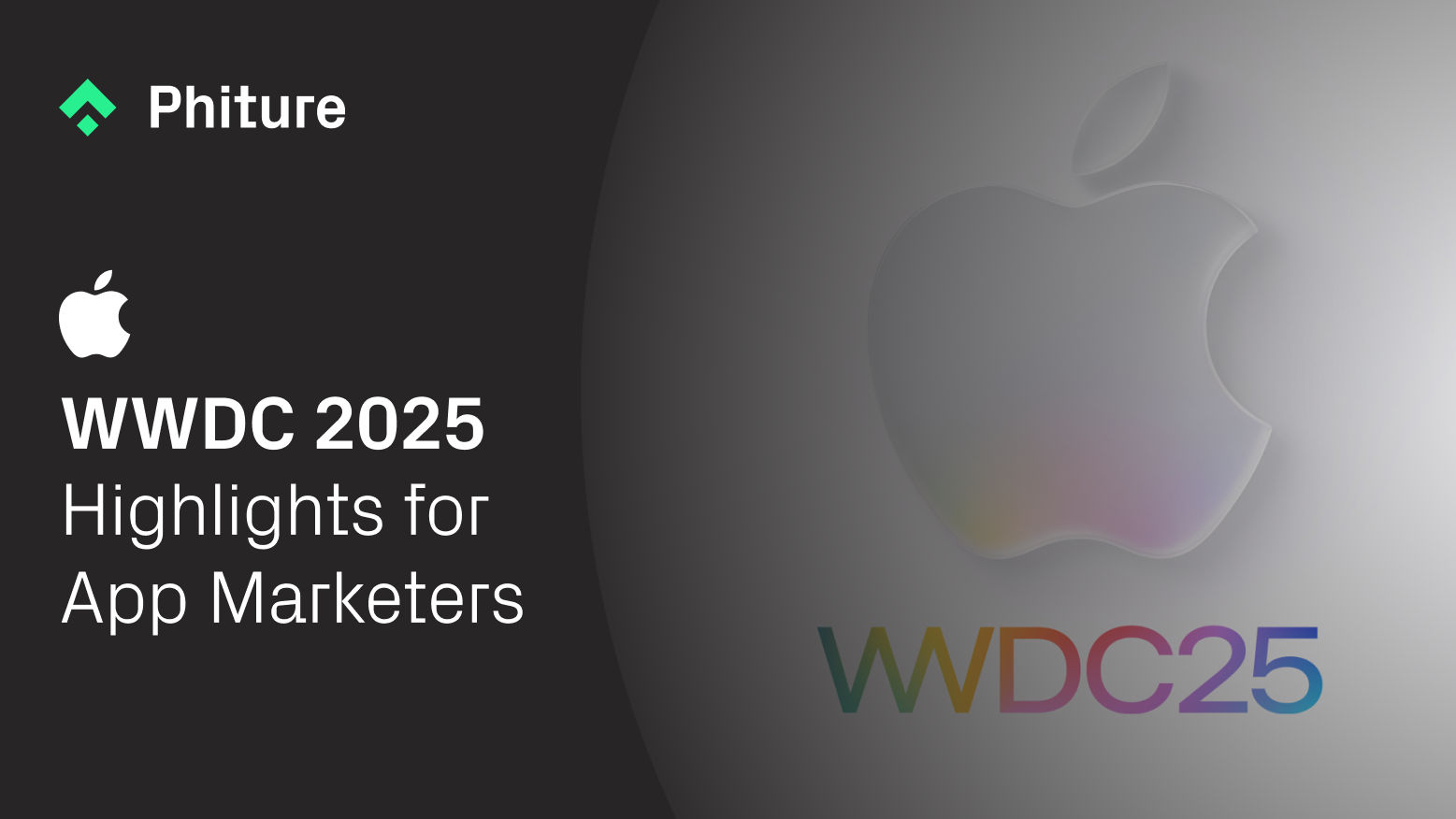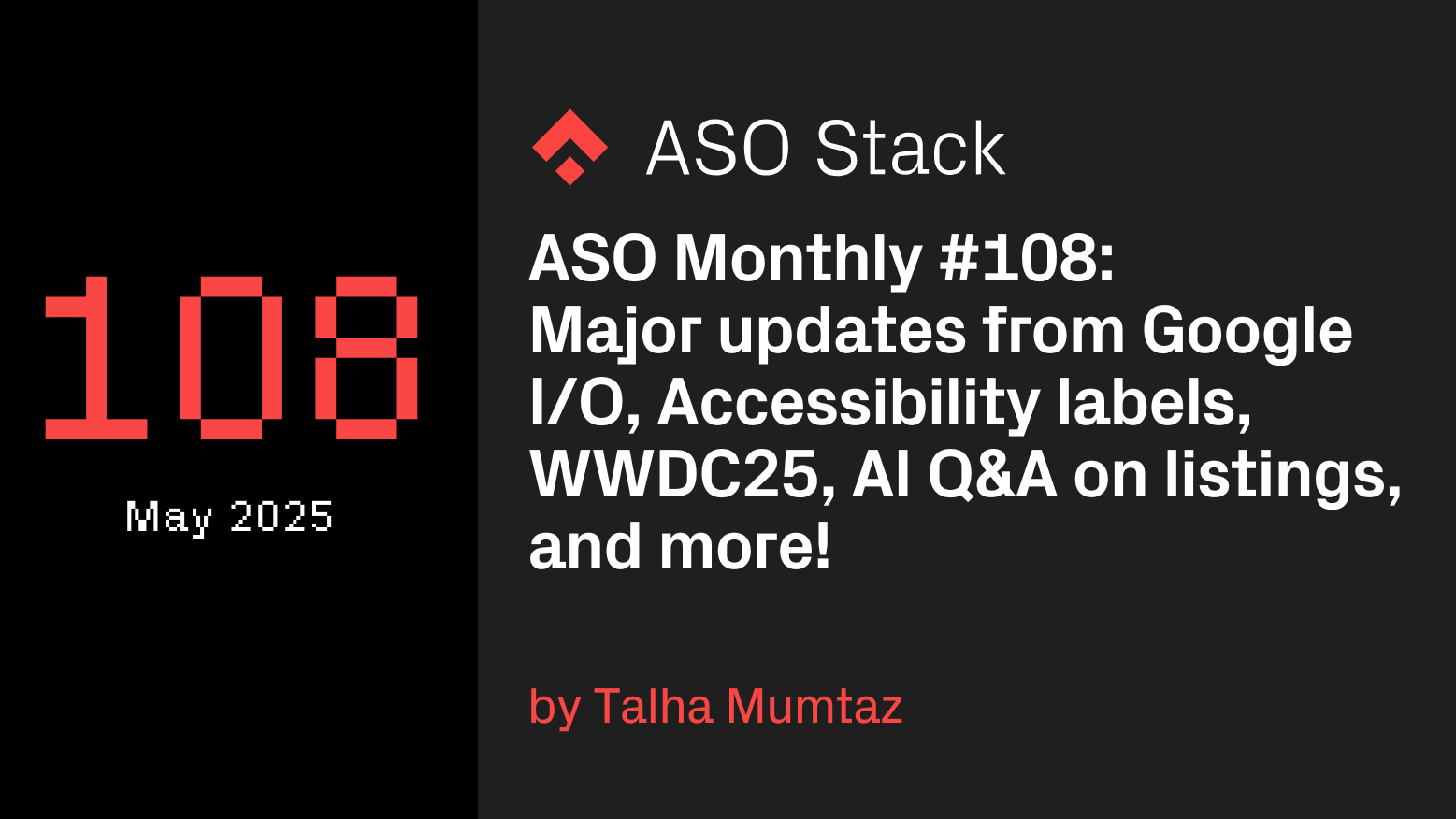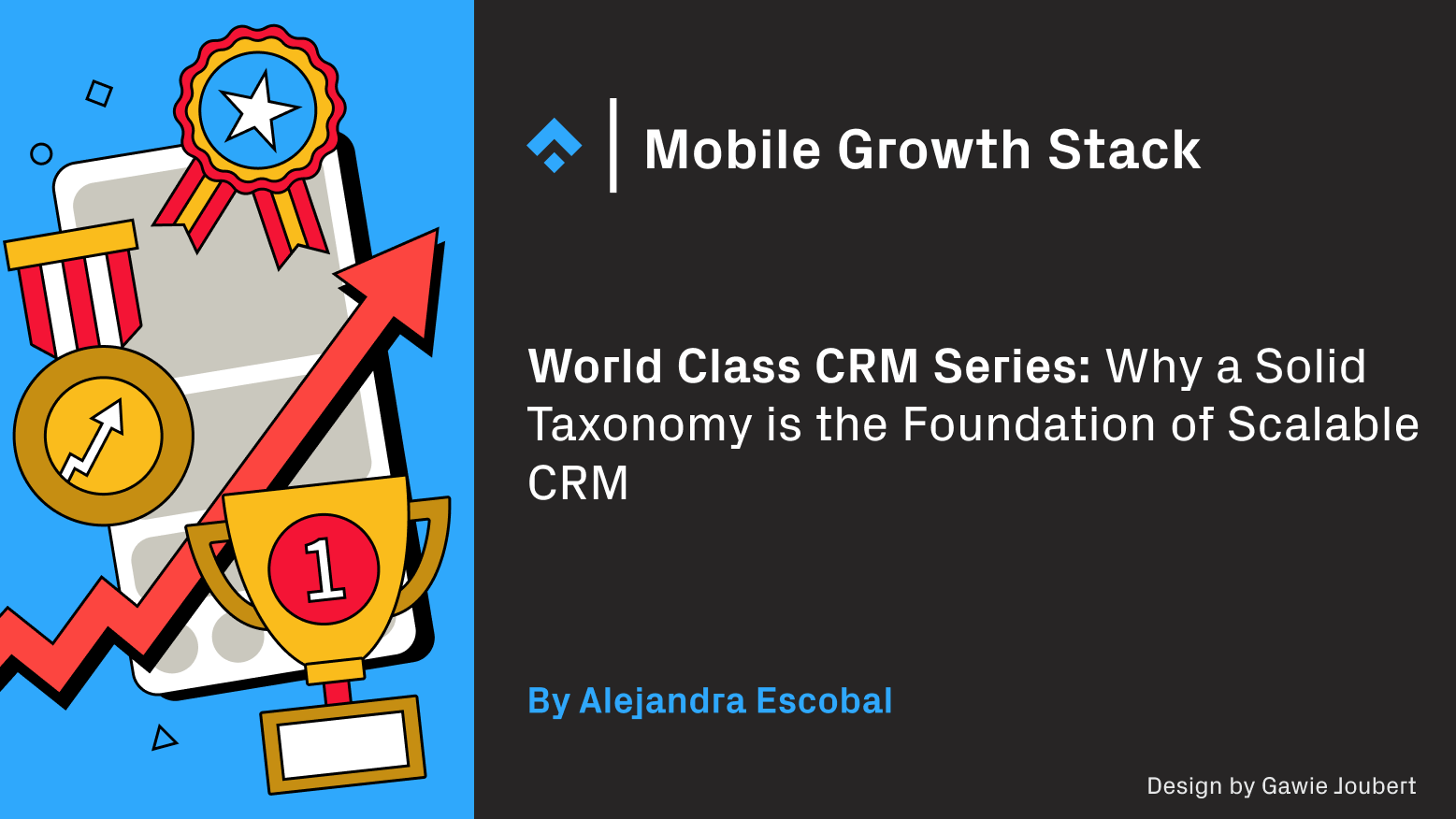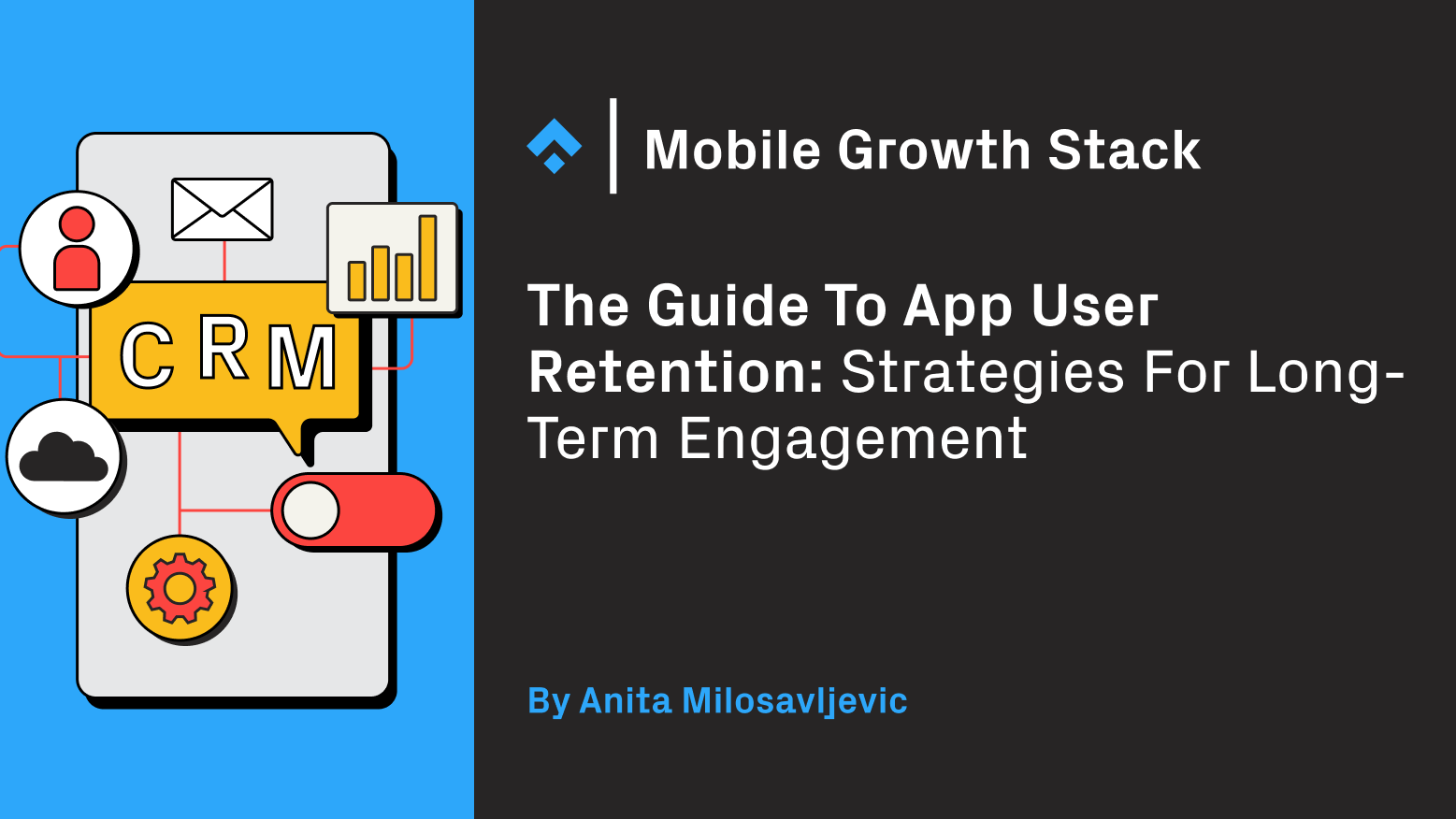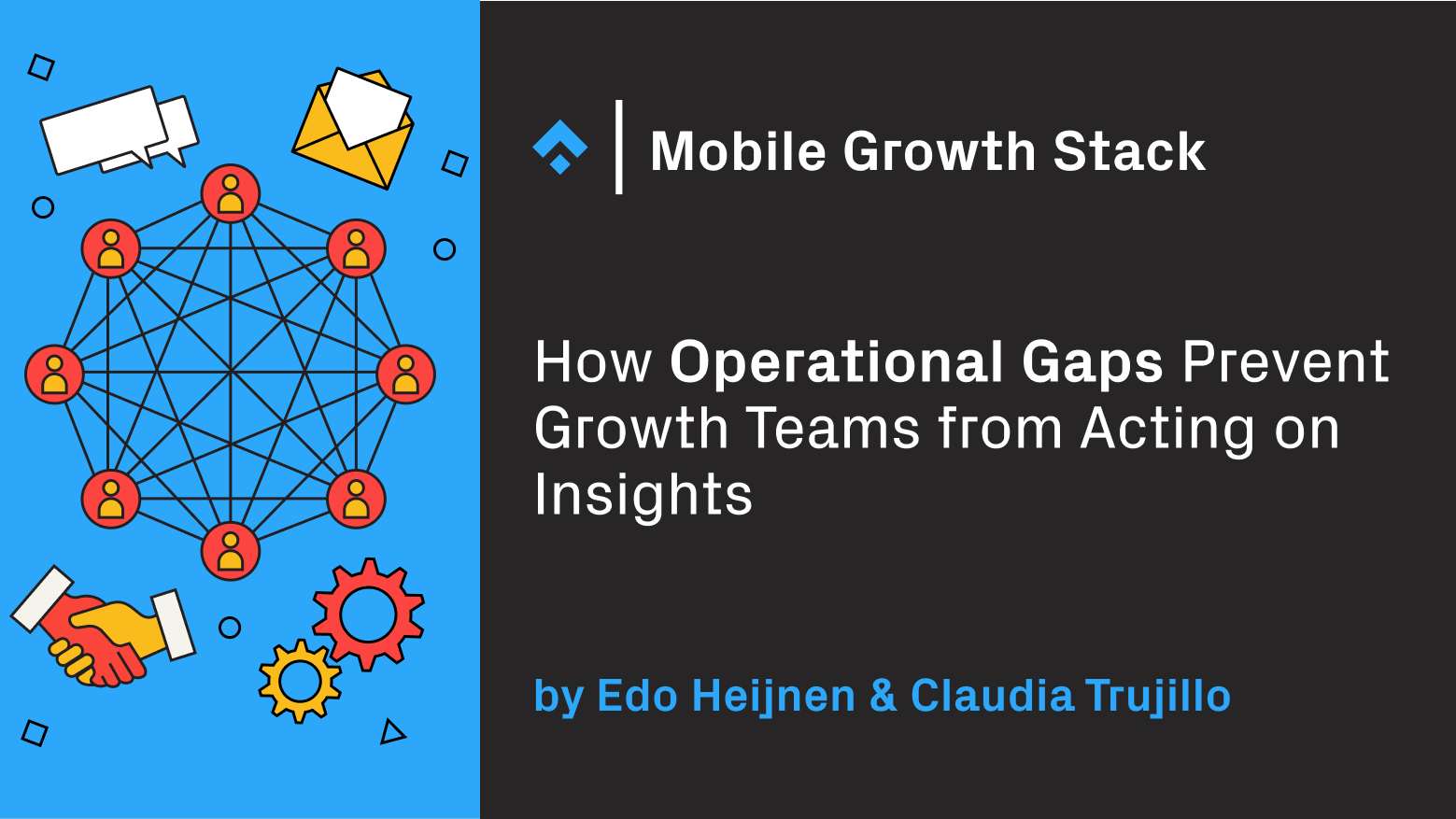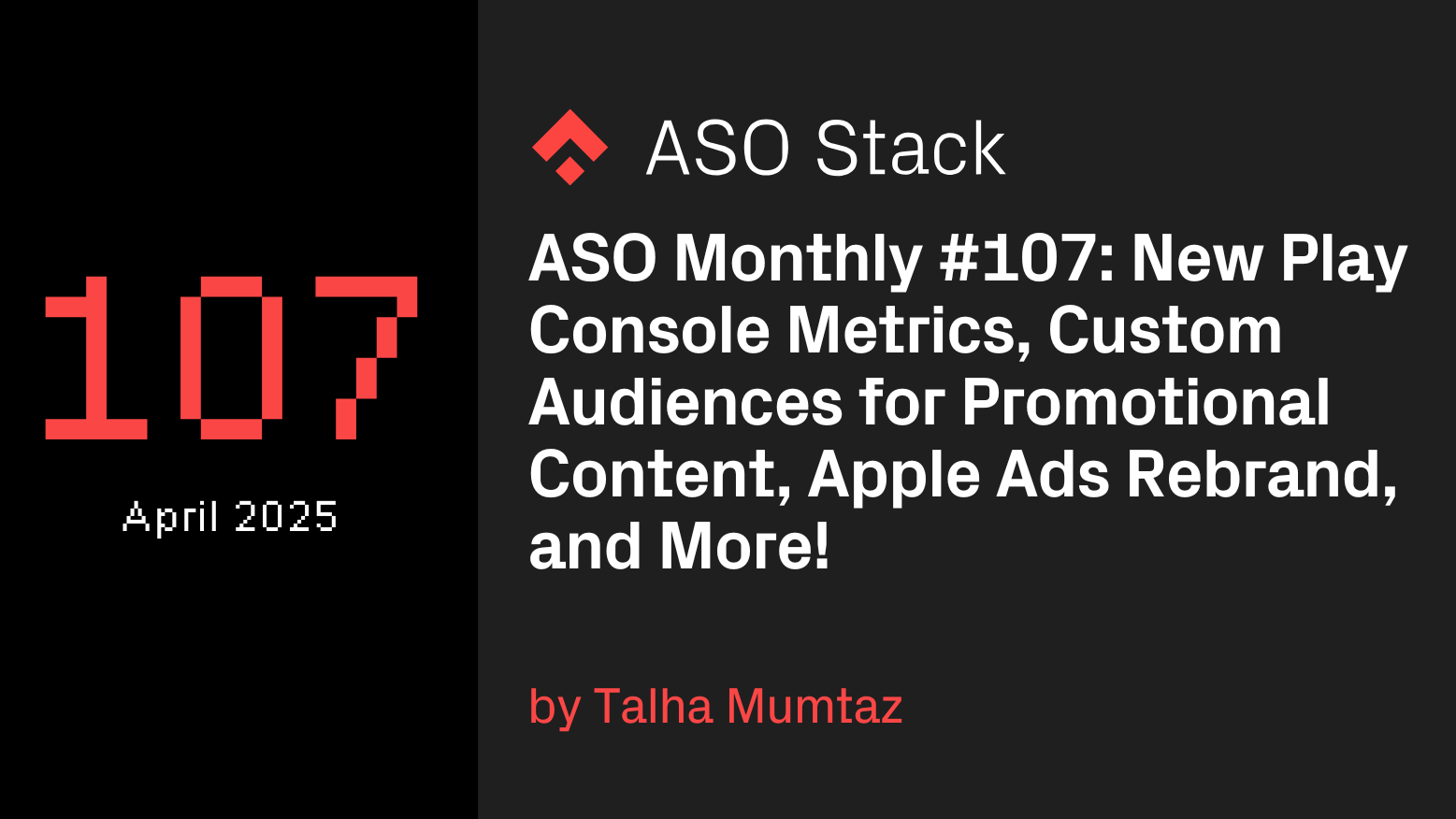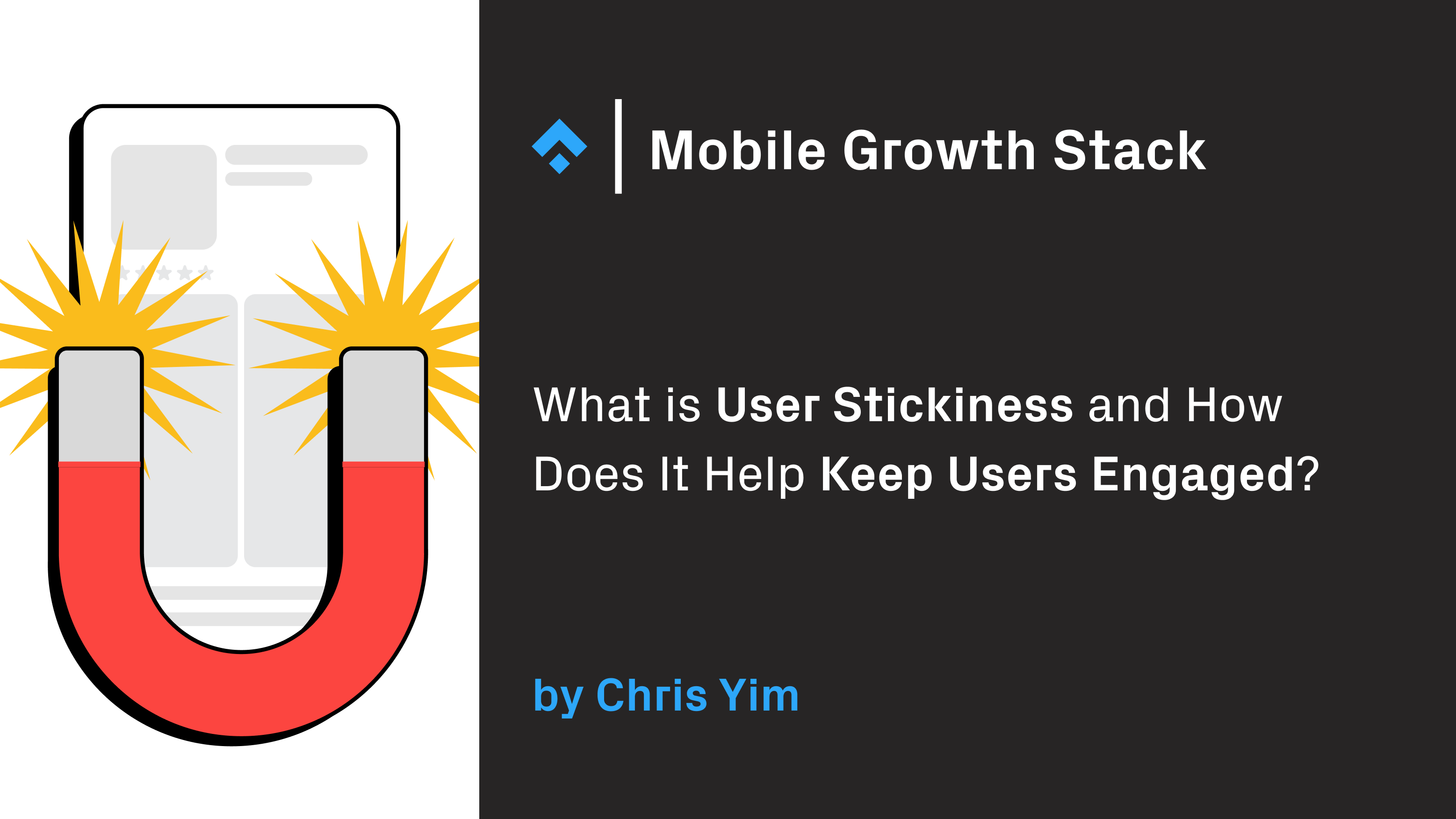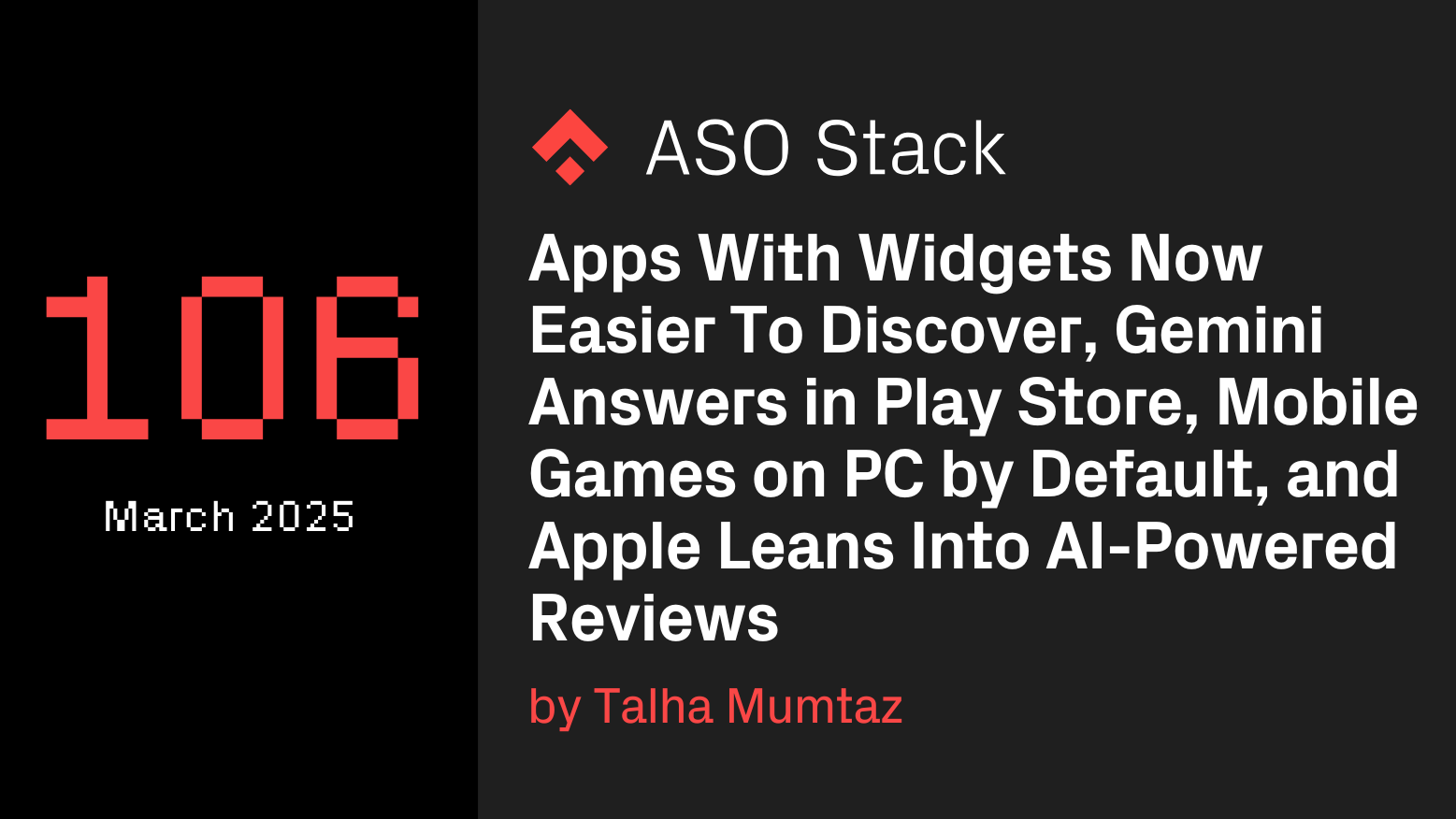The field of App Store Optimization (ASO) continues to evolve, shaped by technological advancements, shifting user behaviors, policy changes across app stores, and new methodologies. In this Redux found here, we highlight the changes we’ve made to the Stack in 2023. The Stack remains the industry-leading roadmap to strategize, leverage new tools, and optimize app visibility and conversion.
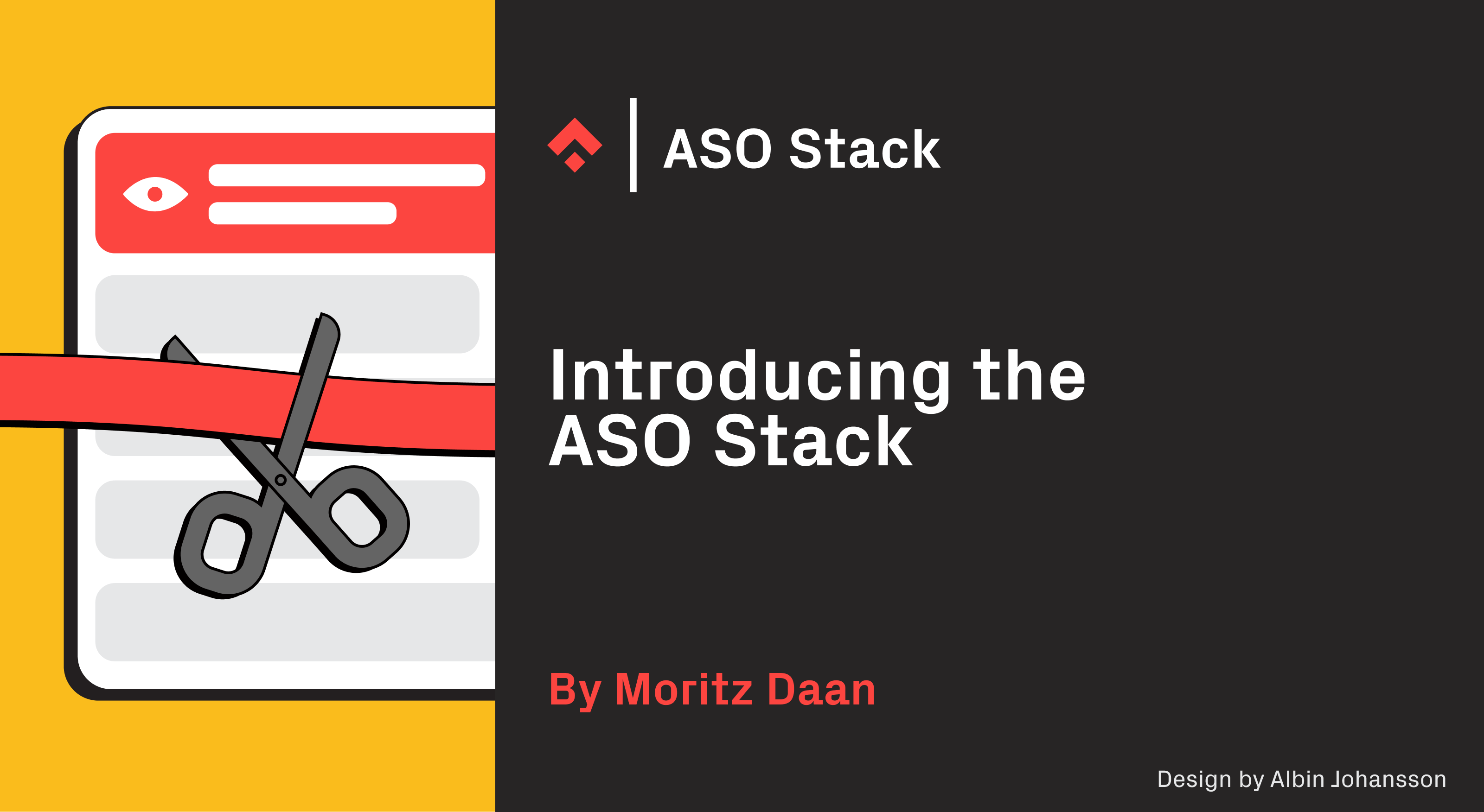
The App Store Optimization (ASO) Stack is an evolving framework designed to help marketers develop and evolve a strategy for improving app visibility in the app stores and increasing the conversion rate. In 2017 Phiture and Incipia got together to write the first edition of our Advanced ASO book, which is now in its second edition. Back then, we had already been working in the field of App Store Optimization for a good number of years and our thinking about ASO as a marketing field had evolved in three phases.
In the very early days, a commonly heard phrase was that “ASO is SEO for the app stores” and the talk would focus purely or mainly on keyword optimization. Soon after, practitioners started to realize that in order to succeed in the app stores, Conversion Rate Optimization of your existing assets in the store was just as important or perhaps even more important. The third phase we entered into was that of considering ASO as a holistic to succeed in ASO, one needs to think about it as a complex and interconnected system of anything that might influence the two main goals of ASO, namely visibility and conversion. When we introduced the framework back in 2017, we identified for example that building good relationships with Apple/Google and in return gaining visibility via featuring, might for some developers be as fruitful as keyword optimization is for others. Or that your ratings & reviews not only have an impact on your conversion but also on your ability to rank highly for certain keywords.
We felt it was time for a revisit of our initial framework, as since we initially published it, the ASO game has changed a lot. First off, the interest in the field has increased significantly. We’re seeing similar interest in our ASO Stack Slack community, which has now more than 5,000 members who exchanged over 150.000+ messages. This has led to a lot more knowledge sharing and helped the team at Phiture gain additional insights on how to do ASO. Secondly, just as the community is becoming more advanced, so are the various ASO tools that cater to the increasing need for supporting insights such as detecting algorithm changes. Finally, the stores themselves have undergone changes.
We further updated the ASO Stack in 2023, and in this Redux found here, we highlight the main changes which will further influence the day-to-day implementation of advanced App Store Optimization strategies.
Before you go
- Curious to find out more about how we leverage the ASO Stack to get organic acquisition results? Contact one of our team here.
- The ASO Stack Slack Community is a global network of ASO professionals, who, on a daily basis share ASO news and insights, pose and answer questions, and share best practice advice.
- The field of App Store Optimization (ASO) continues to evolve, shaped by technological advancements, shifting user behaviors, policy changes across app stores, and new methodologies. In this Redux found here, we highlight the changes we’ve made to the Stack in 2023. The Stack remains the industry-leading roadmap to strategize, leverage new tools, and optimize app visibility and conversion.


